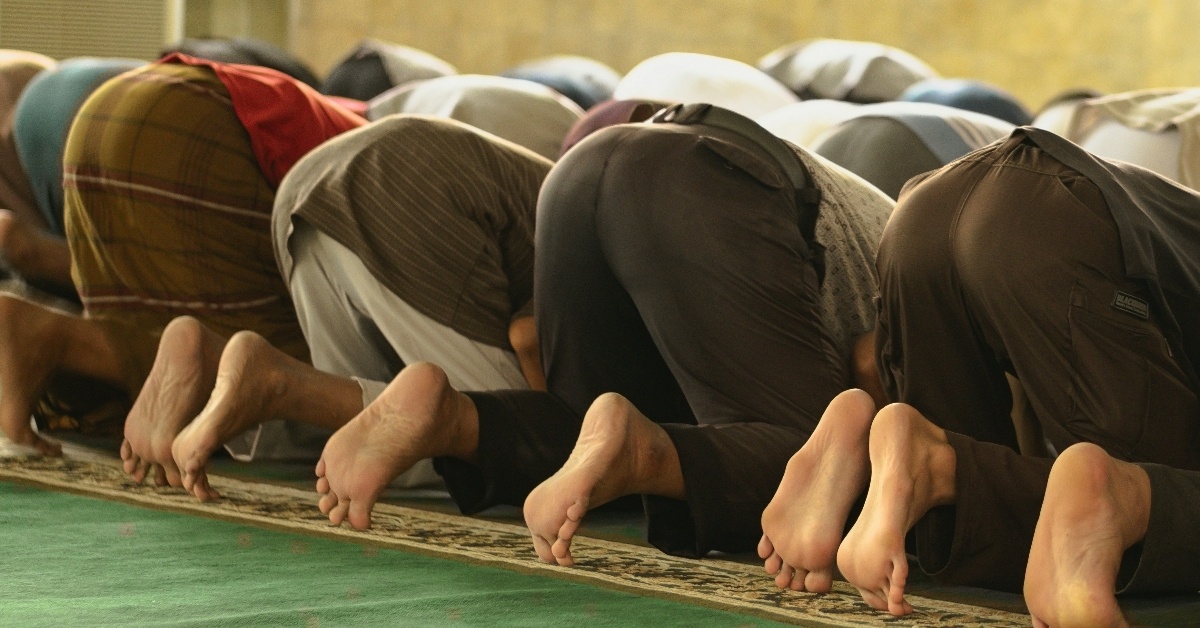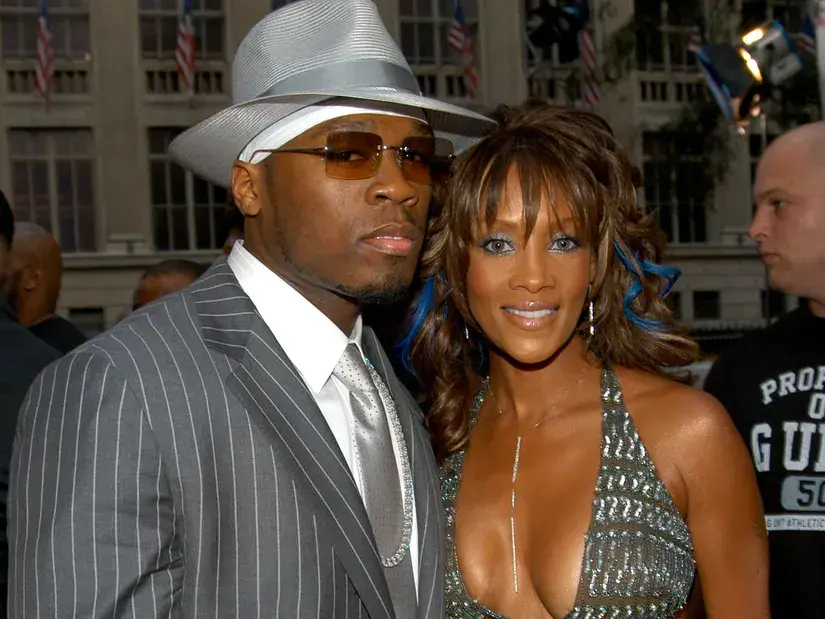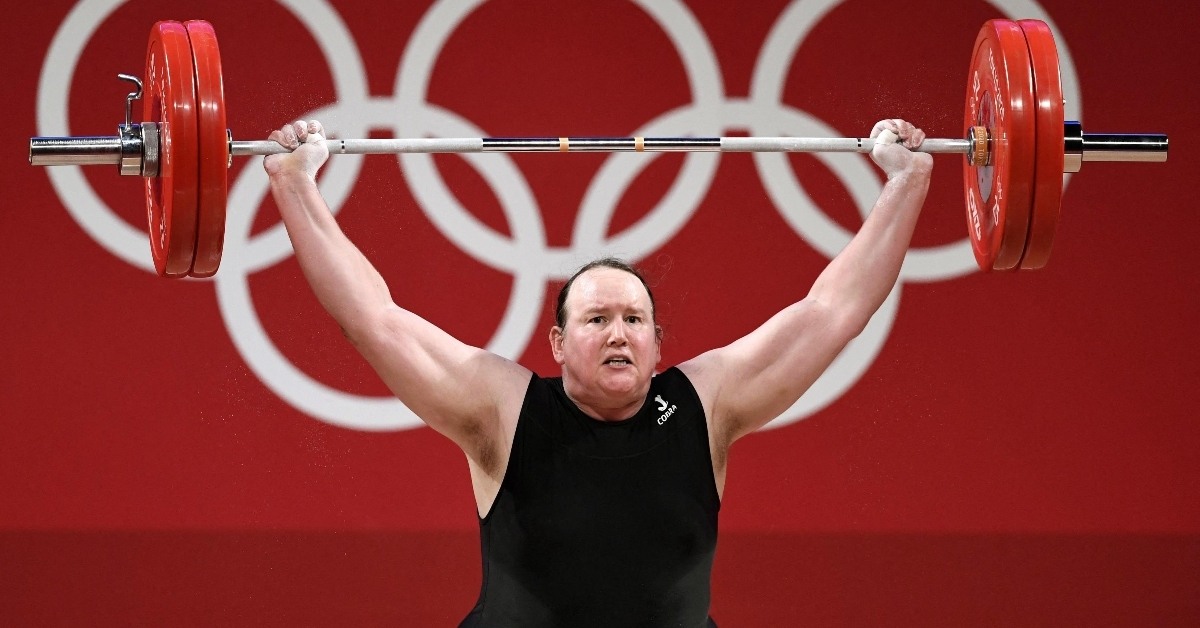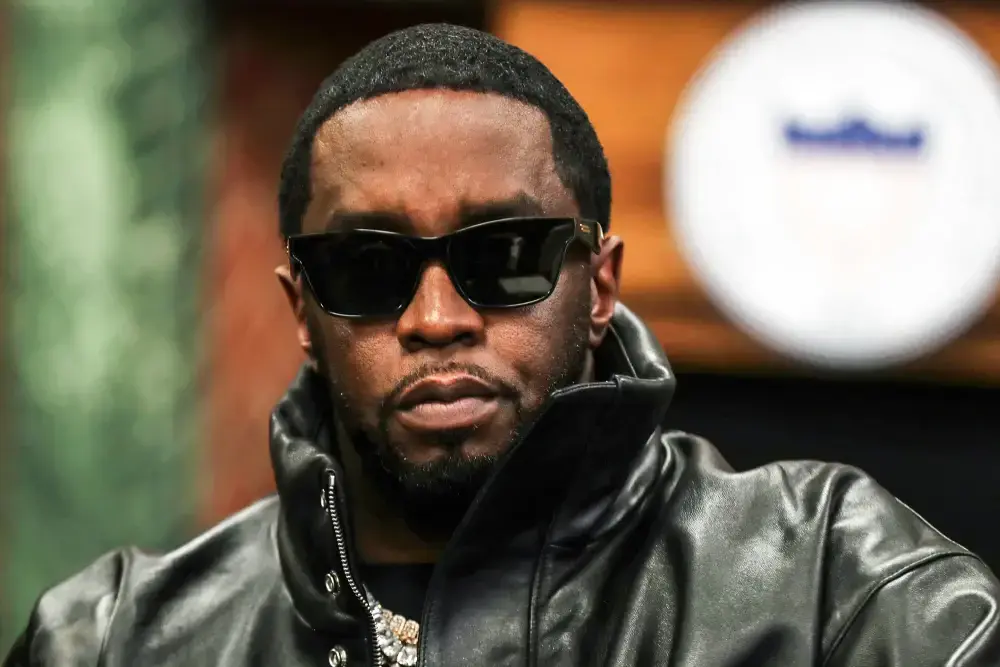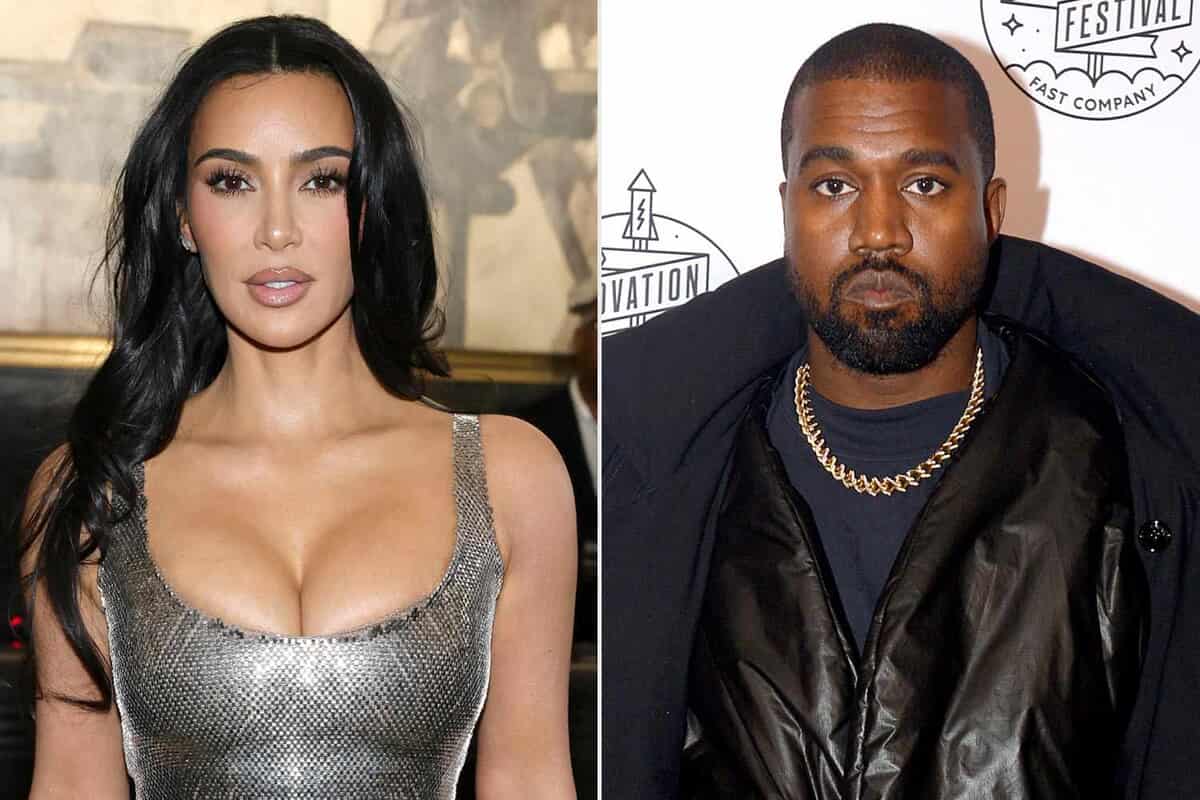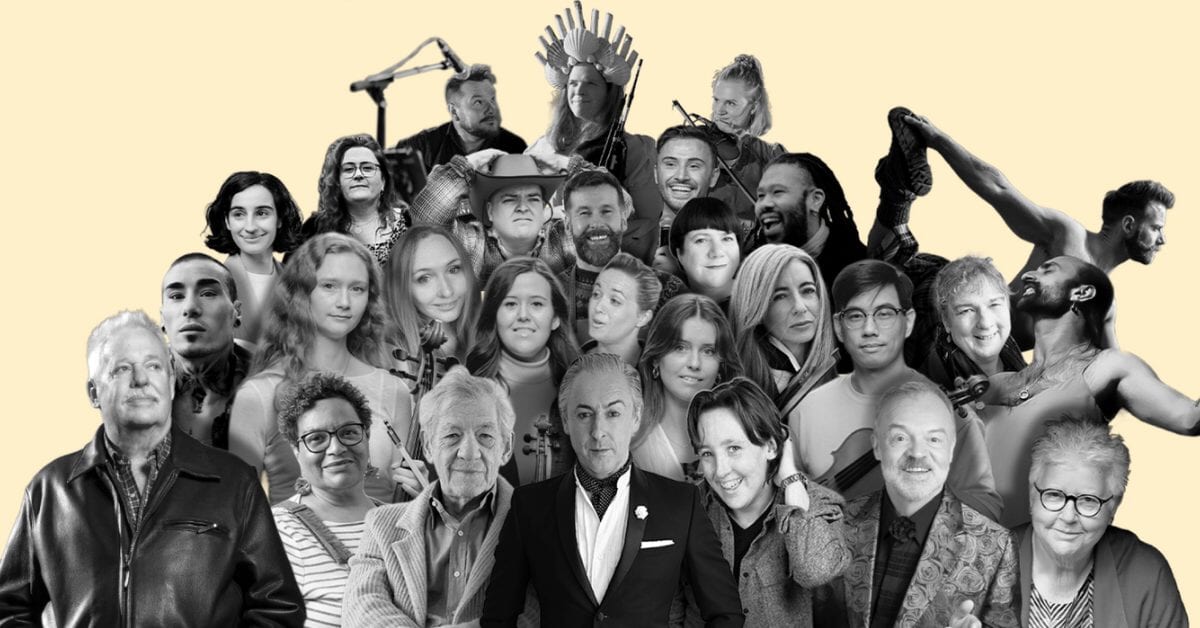BY: DM
Published 6 months ago

To some, it might seem like there’s been an influx of LGBTQIA+ folks in recent years. However, that is far from the truth. Queer people have existed since the dawn of time. What’s changed is that more parts of the world are finally becoming accepting enough for people to live out loud. Estimating the global percentage of individuals who identify as LGBTQIA+ remains tricky for a number of reasons.
Cultural differences, varying levels of acceptance, and differences in survey methods can cause barriers. However, several studies provide insights into these demographics. Here is a look at the estimated percentages of LGBTQIA+ people worldwide.
There are more proud LGBTQIA+ individuals around these days.
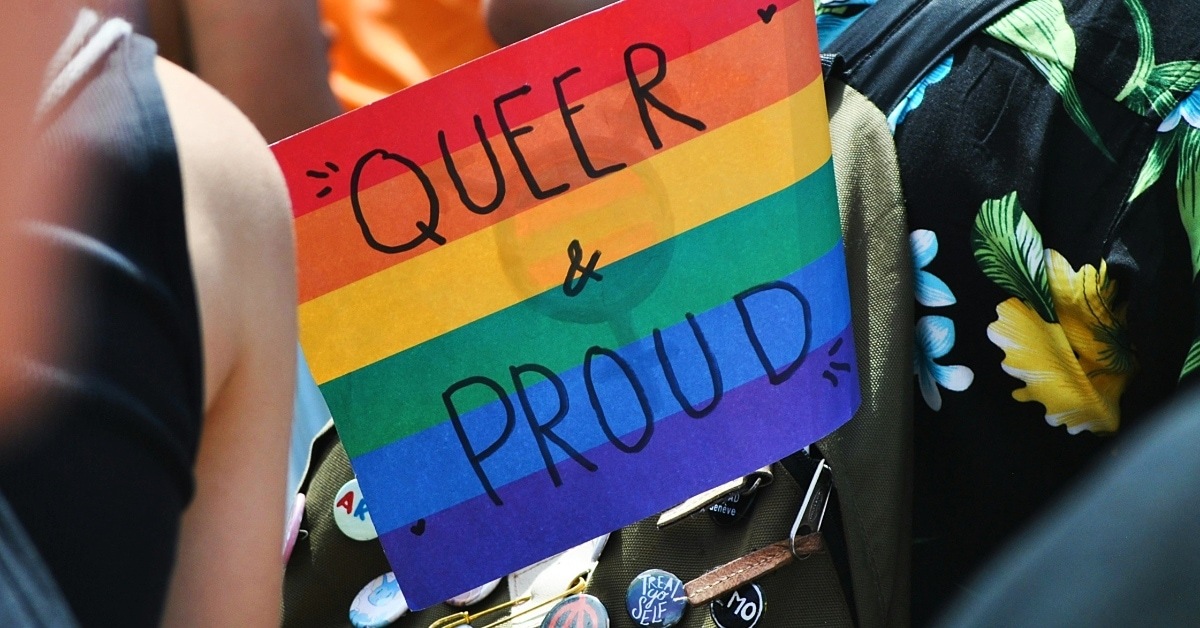
A 2023 Ipsos survey across 30 countries found that approximately 9% of adults identify as LGBTQIA+. However, there are some notable generational differences. Research suggests that 18% of Gen Z adults identified as LGBTQIA+, compared to 4% of Baby Boomers.
According to a 2025 Gallup poll, 9.3% of U.S. adults identify as LGBTQ+, nearly doubling from 5.6% in 2020. This growth is largely attributed to Generation Z, with 23.1% identifying as LGBTQ+, and Millennials at 14%. In contrast, older generations report significantly lower percentages. Bisexuality leads the spectrum, with over 56% of LGBTQ+ individuals identifying as bisexual. Transgender identification has risen from 0.9% in 2024 to 1.3% in 2025.
Meanwhile, the Williams Institute at UCLA estimates that 5.5% of U.S. adults identify as LGBT, totaling approximately 13.9 million individuals. In the U.K., 10.4% of individuals aged 16-24 identify as LGB, a significant increase from older age groups, according to The Times.
These figures may underrepresent the actual numbers due to factors such as social stigma and personal privacy concerns, which can lead individuals to conceal their identities. As societal acceptance grows and more inclusive data collection methods are implemented, more individuals are likely to feel comfortable openly identifying as LGBTQIA+.
Anti-LGBTQIA+ laws are popping up across the world.

While there may be more folks openly identifying as LGBTQIA+, laws are regularly being enacted to stifle the community’s growth. The United States has seen an unprecedented number of anti-LGBTQIA+ bills introduced in 2025, with over 850 proposals targeting various aspects of queer life. These include restrictions on everything from gender-affirming care to limitations on LGBTQIA+ content in schools. The moves, spearheaded by Donald Trump, have only worsened things in some parts of the country.
In Georgia, the government enacted the “Law on Family Values and Protection of Minors,” which prohibits same-sex unions, bans adoption by LGBTQIA+ individuals, and restricts gender-affirming surgeries. The law also limits LGBTQIA+ representation in media and education.
Hungary has intensified its anti-LGBTQIA+ stance by banning Pride events and authorizing facial recognition technology to identify attendees. The new law, passed in March, imposes fines for participating in events that “promote homosexuality to minors” and criminalizes organizing such gatherings, per AP. In Cameroon, a homophobic song inciting violence against LGBTQIA+ individuals has gained popularity, leading to increased attacks and harassment, according to News AU.
These legislative actions have sparked global protests and calls for solidarity. The LGBTQIA+ community is pushing forward, refusing to be silenced by the attacks on their identity.
What do you think is the most significant barrier stopping people from coming out in 2025? Comment below!
